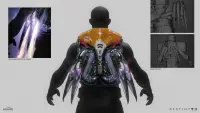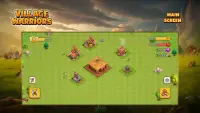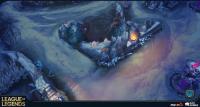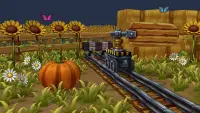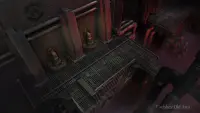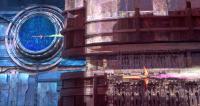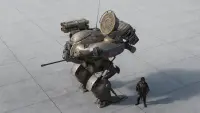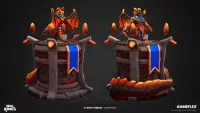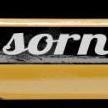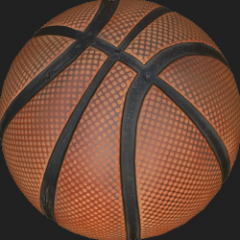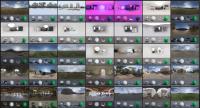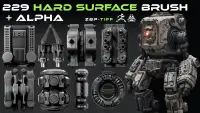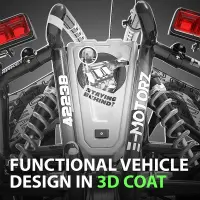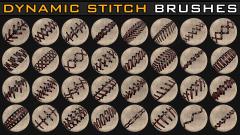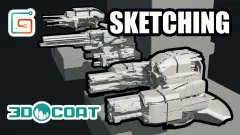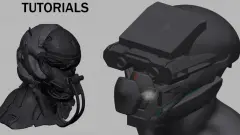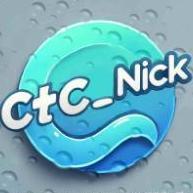Forums
-
Development
-

- 802
- posts
-

- 3DCoat 2025: See All the Powerful New Features
- By Carlosan,
-

- 39.8k
- posts
-

- Some bug reports regarding the curve tool.
- By Carlosan,
-

- 1k
- posts
-
- 3.3k
- posts
-

- Can't find it in Blender 5.0
- By AbnRanger,
-

- 789
- posts
-
- Outliner Manager Addon
- By MJonathan,
-

- 8.7k
- posts
-
- Native Apple Silicon Build
- By erisan,
-

- 7.6k
- posts
-

- débutant
- By Carlosan,
-
-
General
-

- 58k
- posts
-

- 3D-Coat freezes after each brush stroke
- By AbnRanger,
-
- 2.5k
- posts
-

- Converting Photoshop brushes
- By Carlosan,
-
- 2.8k
- posts
-

- 504
- posts
-

- How would you do this?
- By Carlosan,
-
- 13.6k
- posts
-

- Affinity Now is Free
- By Carlosan,
-
-
Tutorials, Tips and Tricks
-
- 886
- posts
-
- 403
- posts
-
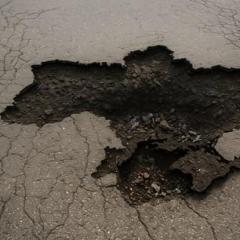
- Defects during baking
- By Dmitriy Nos,
-
- 661
- posts
-
- 200
- posts
-

- Bug with exporting
- By Dmitriy Nos,
-
- 300
- posts
-
- PBR Scans - choosing new PBR's
- By comfyBanana,
-
- 516
- posts
-

- Normal map rendering wrong in LightWave
- By Carlosan,
-
- 38
- posts
-

- Refining Your Photogrammetry Scan
- By Carlosan,
-
- 157
- posts
-
- Tutorial request...maybe
- By Matadem,
-
-
Artwork
-
- 17.3k
- posts
-
- T-rex
- By dfh 234f,
-
- 3k
- posts
-
-
Market
-
Who's Online 4 Members, 1 Anonymous, 198 Guests (See full list)
- dfh 234f
- tomas aceytuno
- Carlosan
- unity2k
-
Topics
-
Some bug reports regarding the curve tool.
By dcl_07, in New Releases, Bugs Reports & Development Discussion
- 1 reply
- 38 views
-
- 2 replies
- 47 views
-
- 0 replies
- 42 views
-
3D point cloud and mesh processing software | Open Source Project
By Carlosan, in CG & Hardware Discussion
- 0 replies
- 63 views
-
- 1 reply
- 20 views
-
- 0 replies
- 74 views
-
- 0 replies
- 89 views
-
- 0 replies
- 173 views
-

